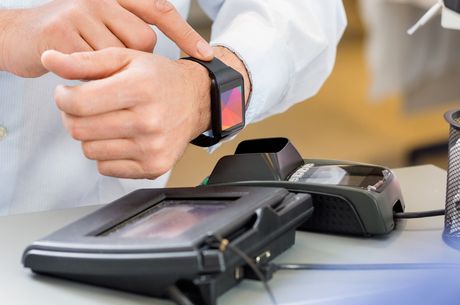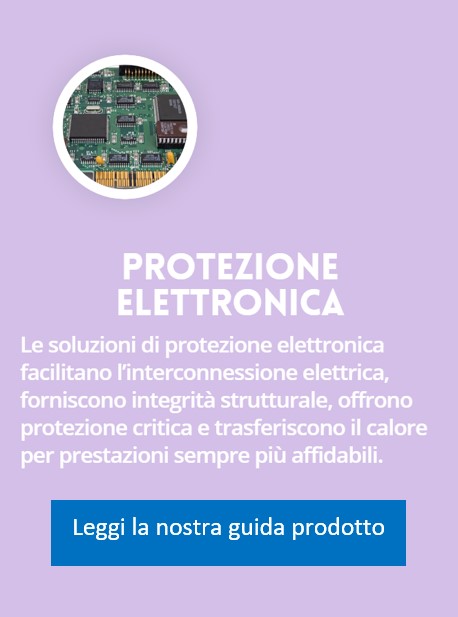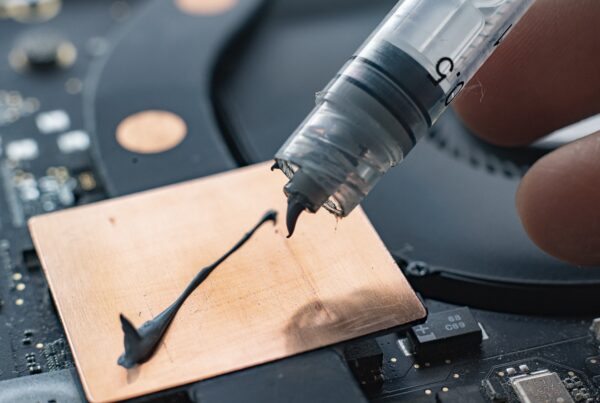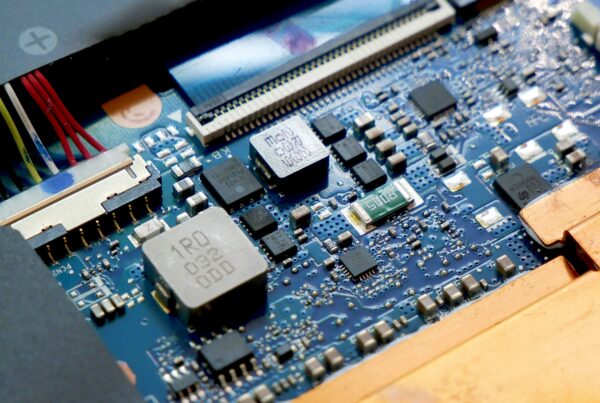
Wearable technology: protecting the future of electronic developments
The first example of wearable technology can be observed in the 1500s with the first rudimentary watch worn around the neck to measure time. In 1900 the first wearable device to achieve global success was Pulsar’s digital calculator watch. In the new millennium we can see that information technology is now integrated into various parts of daily life, with the launch and spread of many devices that have changed the way we live. In 2000 the first Bluetooth headset was sold, and in 2004 the Go Pro camera was launched. In 2013, the development of Google Glass, a head-mounted display equipped with augmented reality, through which the Internet can be accessed using only voice commands, was announced. Amazon’s Echo-Loop ring was launched in 2019, an eye-catching design for an extremely small and innovative device that allows the ‘user to make payments, make calls, and receive notifications. It is predicted that by 2022, there will be more than 1.1 billion connected wearable devices worldwide as 4G to 5G is transitioned. These precursor devices have successfully extended and enriched the functionality of clothing by incorporating sophisticated electronic applications into devices and accessories that can be conveniently worn in everyday life.

Athletics has been one of the areas to benefit most from wearable technology with numerous devices that can monitor an athlete’s performance: heart rate, movement and performance, can be measured along with environmental conditions and potential health risks. The wearable technology market has been growing steadily in recent years with the enormous popularity assumed by applications for diet monitoring, exercise or sleep tracking. Some devices even alert the user when to move from a sedentary position, or provide suggestions on how to improve one’s posture. In the future, there may be more and more collaborations between clothing manufacturers and technology companies that connect smart sensors with 5G technology, enabling ever closer connections between humans and computer networks. In a recent 2019 Statista study, worldwide the most popular areas for wearable technology are China, the United States, India, the United Kingdom and Germany, with a 36.4 percent market share in the 25-36 age group.
Regular users of wearable technology tend to look for newer and increasingly sophisticated versions of their favorite devices. Apple’s Smart Watch has become a way of life for many. In addition to providing the time, this is a phone capable of receiving e-mail, recording noise levels, monitoring heart rate, and equipped with multiple other functions. By making use of such technology, it is possible, for example, to alert family members about potential falls or accidents of elderly relatives, enabling them to live alone and maintain a degree of independence. This is becoming especially important with an increasingly significant increase in the average age of the population.
The Moodmetric Smart Ring is another device surely destined for exponential growth in 2020 as it can measure and manage user stress and, at the same time, connect with multiple other smart systems. Mental health problems are a very sensitive, sensitive and difficult-to-detect issue; with this in mind, a ring worn on the finger that effectively measures stress level could become a reliable early indicator of conditions such as depression, and prove to be a very useful tool for medical diagnosis.

Just thinking about the medical field with a broader perspective, one can see that the applications in this field are potentially endless. Just think for a moment about the type of wearable devices (still in the prototype stage) that could be designed specifically for disease prevention and maintaining good health such as weight control, blood pressure tracking, or physical activity monitoring. Data obtained from the wearable device could have a direct impact on a clinical decision regarding medications, therapies, diagnoses, etc. Arguments in favor of increasingly wearable technology certainly include that of better patient care, with at the same time a reduction in public health costs by the state. However, since the devices are still in the prototype stage, there is still a long way to go in terms of patient acceptance, security, privacy, ethics and artificial intelligence needed to cope with the management of such data. The “big data” that these devices will be able to collect and use through artificial intelligence could revolutionize the treatment of some extremely serious diseases such as heart disease, Parkinson’s disease or diabetes. However, standards, rules and limits about the use of this information need to be established so that wearable technology can assist in such a meaningful way in health management in the future. The advent of 5G will also play a key role in this process, substantially increasing the volume of data that can be transmitted and communicated.

Looking at these developments, in general, we can see that there are two major challenges in designing a wearable device: that it behaves/interacts/collects data as required; that it functions when exposed to the environments in which it is designed to operate. For example, a temperature sensor on a static device will have to withstand the temperatures in that specific environment and withstand any thermal or cycling shocks that may occur within it. A temperature sensor as part of a wearable device has the added consideration of physical interactions: the device will be moved, deteriorated, may take hits, be bent, and potentially be exposed to a number of additional elements, such as water or chemicals. It is therefore imperative that these devices are protected to ensure reliable performance in their end-use environments.
Protection for exposed electronic components in wearable devices can be provided in the form of encapsulating resins or conformal coating. The variety of potentially applicable products thus generates an additional challenge: that of choosing the most suitable protection. As we have already explained, it is very common for a wearable device to record and transfer data; either by sending it directly to another device or by recording and collecting the information through a sensor. This connection to other devices can operate via radio waves: any protection used must allow them to be transmitted without interference. In addition, the environmental conditions and characteristic use of the device must be considered in order to find the best solution for the application in which it will operate.
To enable a better understanding of a product’s possible performance and to simplify the selection process, we can draw on the experience we have gained in other industries or technologies. For example, if we think of a wearable device used by a swimmer to monitor heart rate and general health in the pool, it is obvious that this device must be able to function submerged in ‘water. In this light, the application can be compared to that of a sonar buoy in which sensors are used to provide fundamental information about the marine ecosystem. In this case, the device will have to send a radio signal and operate constantly immersed in salt water-a similar environment to the device worn by the swimmer in the pool. Devices used to track the habits and behavior of marine or river animals also work by following the same prerogatives.
Electrolube, as a company, effectively uses and compares information and knowledge gained in other fields. For example, salt water is generally more corrosive than water found in a swimming pool; with this in mind, the experience gained from sonar buoys will show the performance of a compound in a similar but more aggressive environment. This is, of course, just one example among many considerations when analyzing an application. The degree of flexibility and robustness of the device, the operating temperature range, and the possibility of contact with other chemicals are all possible additional factors to consider during the process of selecting a product. Thinking about all these variables and not forgetting the need to enable connectivity and data transfer, there are many other properties such as dielectric constant, salt spray resistance, hardness, and elongation at break that must be considered to find the optimal product.
It is clear that each application of wearable technology will have its own criteria in terms of performance, target environment, intended use, and, in all cases, will need reliable and accurate device response. The wearable device market is certainly a hot topic, especially at this moment in history where technology is shaping our lives more than ever before. Work and, to an even greater extent, remote schooling, are changing the world we live in. New technologies such as podcasts, video classes with interactive teaching, apps, games, augmented reality, virtual reality and a variety of simulations that are already available on wearable devices and are becoming a central part of the educational system used by the younger generation are appearing before our eyes.
The requirements and characteristics of protection products will gradually be defined through the continuous development, increase and diffusion of ever new and different devices. Wearable technology is designed with the intent of making everyday activities easier and more accessible. It will encourage different methods of interaction and communication, further increasing our mobility within the electronic world and thus strengthening relationships and interconnections.
Jade Bridges
Technical Manager – Electrolube





